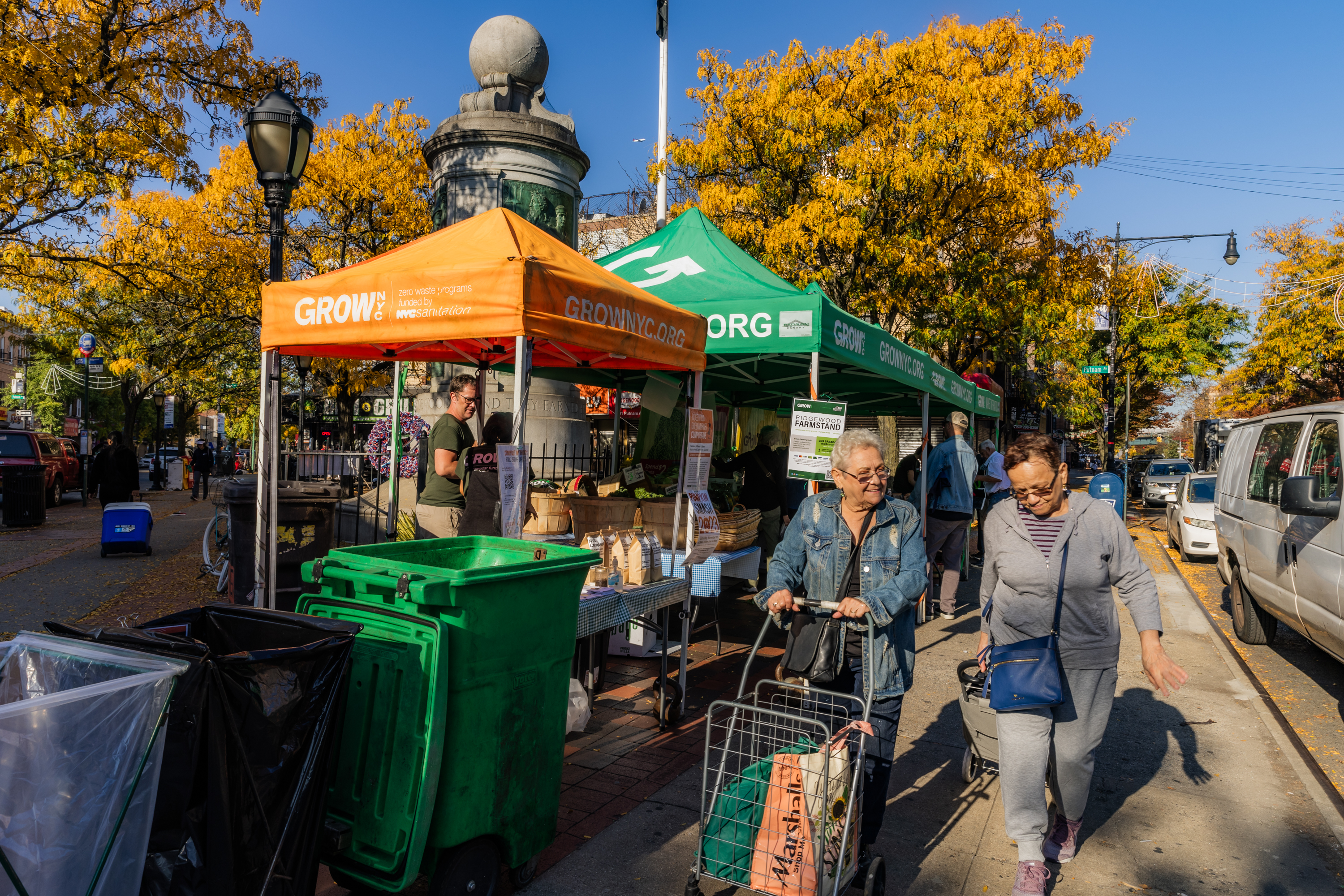A bioswale is a linear, sloped retention area designed to capture and convey water, while allowing it to infiltrate the ground slowly over a 24 to 48 hour period. The slopes are usually planted with native species similar to a rain garden. A bioswale built into a sloped area can also help prevent erosion.
Bioswales are usually found on larger sites. Look for a sloped linear depressed area. Swales are used to convey water to plants, rain gardens, or storm drains, while allowing the water to infiltrate into the soil and be soaked up by the vegetation, therefore reducing flooding . The slope should be fairly flat, but somewhat depressed to minimize the velocity of the water and erosion, and to allow maximum in-filtration.

The sloping sides of the bioswale should be a ratio of 2:1 and if possible planted with native species. It is best to follow the contour of the slope for a bioswale to be most effective. A lot of hand digging is required to create the depression. In some cases mechanical digging equipment may be necessary.
In order to increase the water retention capacity perforated pipe can be place in the trench similar to a French drain. This also allows excess flow to be directed where you want it to go. Landscape fabric is used to cover the perforated pipe to keep the soil from washing in and clogging the pipes. Larger plant material like berry bushes or fruit trees can be planted at the top of the swale to provide an additional protection against erosion.





